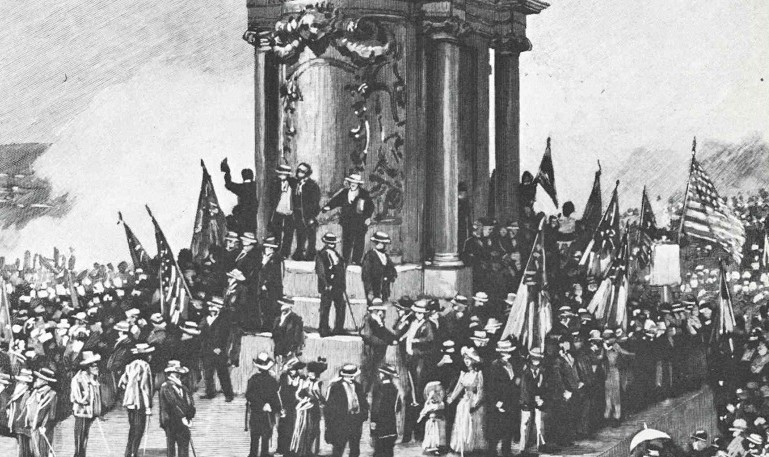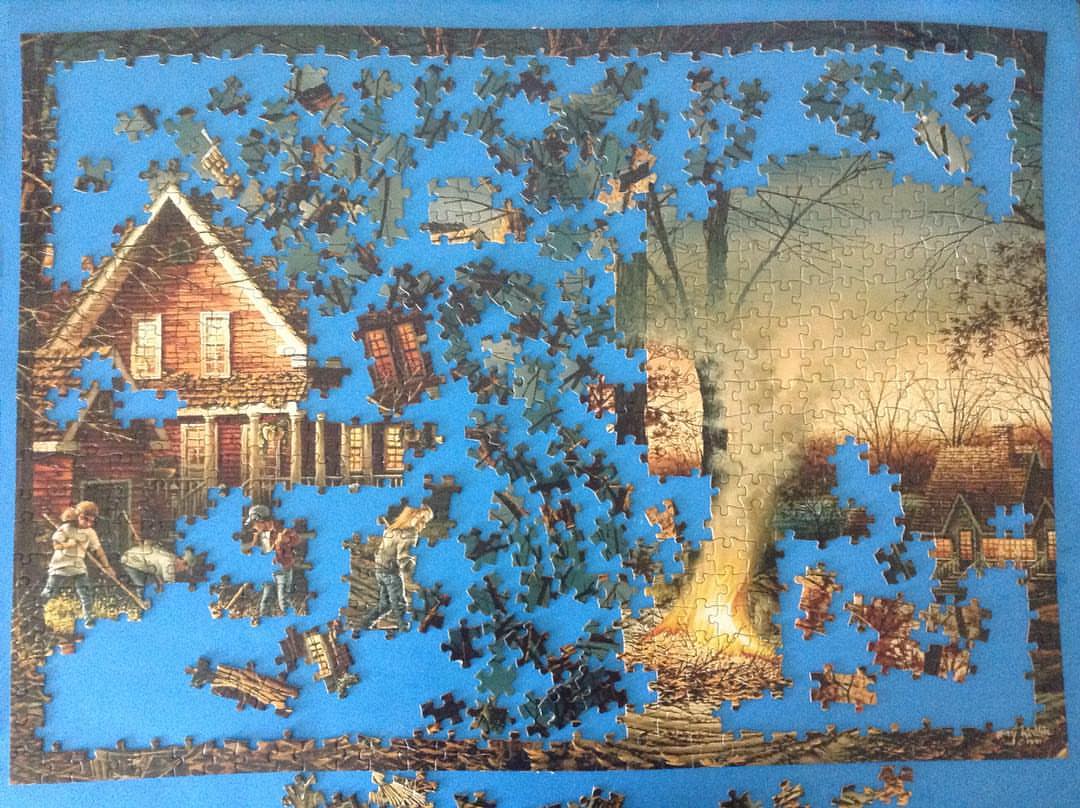

Lee in cities such as Charleston, New Orleans, Charlottesville, and Richmond. Cox follows changes that have occurred since Reconstruction in the stances of friends and foes of the monuments, including Black activists whose opposition grew during the civil rights era and gained further momentum during recent protests centered on Confederate battle flags or statues of Robert E. In this engrossing social history, the author writes that while these memorials began with an impulse to remember the dead, the United Daughters of the Confederacy soon began using them to promote the so-called “Lost Cause” view that in the Civil War, the South fought not for slavery but for states’ rights. Monument defenders responded with gerrymandering and "heritage" laws intended to block efforts to remove these statues, but hard as they worked to preserve the Lost Cause vision of southern history, civil rights activists, Black elected officials, and movements of ordinary people fought harder to take the story back.A chronicle of the effort to erect and protect or remove Confederate statues or other monuments.Ĭox, a historian of the American South, estimates that several hundred monuments to the Confederacy exist in cemeteries, town squares, and other public spaces, and many have faced political and legal challenges in recent years. She lucidly shows the forces that drove white southerners to construct beacons of white supremacy, as well as the ways that antimonument sentiment, largely stifled during the Jim Crow era, returned with the civil rights movement and gathered momentum in the decades after the Voting Rights Act of 1965.


Cox depicts what these statues meant to those who erected them and how a movement arose to force a reckoning. In this eye-opening narrative of the efforts to raise, preserve, protest, and remove Confederate monuments, Karen L. These conflicts have raged for well over a century-but they've never been as intense as they are today. Polarizing debates over their meaning have intensified into legislative maneuvering to preserve the statues, legal battles to remove them, and rowdy crowds taking matters into their own hands.

When it comes to Confederate monuments, there is no common ground.


 0 kommentar(er)
0 kommentar(er)
